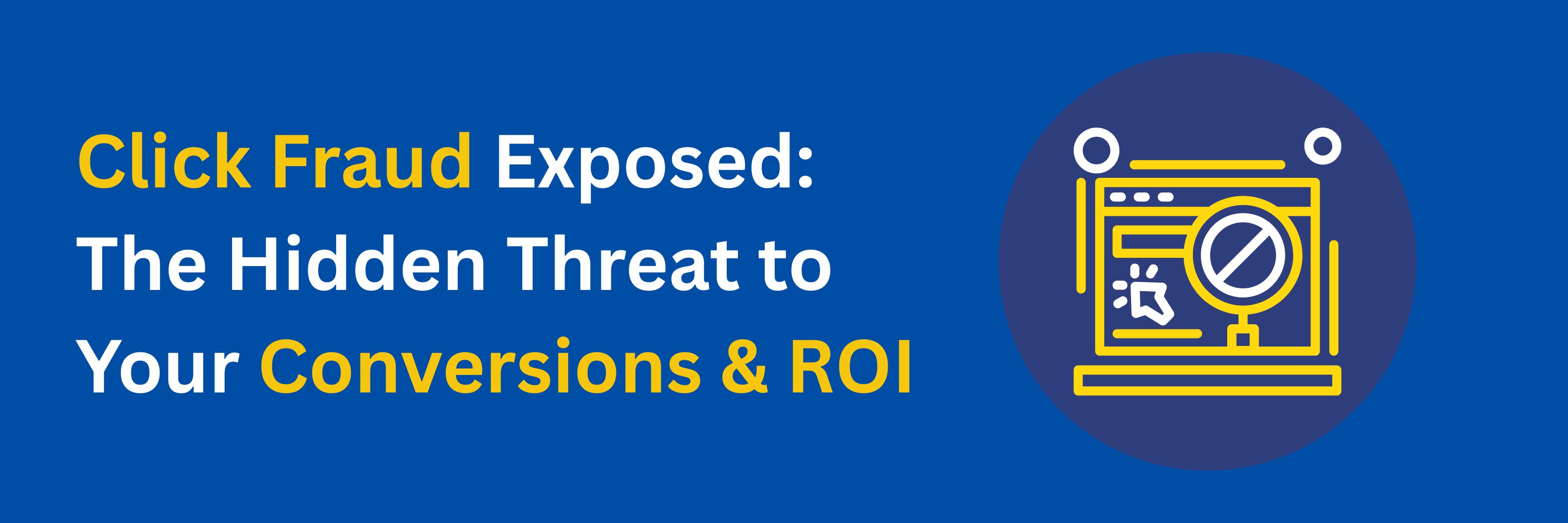
Tips & Guides - 16 Dec 2025
Hook, Line & Conversions: How to Recruit High-Quality Affiliates That Drive Real ROI
Article

In the digital landscape, every click is a potential dollar, but sometimes that revenue stream is as elusive as a ghost. For businesses utilizing an affiliate program, understanding exactly where sales originate can feel like guesswork. The secret weapon that transforms this ambiguity into actionable data and quantifiable revenue is affiliate link tracking. It's the "invisible thread" connecting a referral to a completed transaction, often driving significant income that would otherwise remain hidden.
At its core, affiliate link tracking is the mechanism used to attribute a sale or lead back to the specific affiliate who drove it. This is typically managed by a dedicated affiliate tracking software solution, like the hypothetical Offershub-affiliate tracking software, which handles the complex mechanics of attribution.
When an affiliate promotes a product, they use a unique link, often generated by the tracking SaaS platform. This link contains special parameters, a digital fingerprint that identify the affiliate. When a user clicks the link, these parameters are recorded, typically via cookies or tracking pixels, which monitor the user's subsequent actions on the merchant's site.
Here's how this "invisible thread" works its magic, ensuring precise Marketing attribution:

Many companies underestimate the power of sophisticated tracking, leading to revenue they simply can't see or act upon, significantly impacting their ROI (Return on Investment).
To ensure your invisible thread remains strong, implement robust tracking mechanisms:
Affiliate link tracking isn't just an administrative necessity; it's a
powerful business intelligence tool. It transforms ambiguous website
traffic into a transparent, measurable, and scalable revenue stream,
directly impacting your ROI.
By diligently maintaining and optimizing your tracking infrastructure, you are not just ensuring commissions are paid; you are revealing the true financial impact of your affiliate program partners and securing the significant, albeit invisible, revenue they drive. Don't let those valuable dollars stay hidden; strengthen your invisible thread today! 🤝🚀

Tips & Guides - 16 Dec 2025
Hook, Line & Conversions: How to Recruit High-Quality Affiliates That Drive Real ROI
Article

Tips & Guides - 28 Nov 2025
Click Fraud Exposed: The Hidden Threat to Your Conversions & ROI
Article

Tips & Guides - 17 Nov 2025
💰Stop Wasting Clicks: Convert More Affiliate Traffic with Dynamic Geo-Targeting
Article